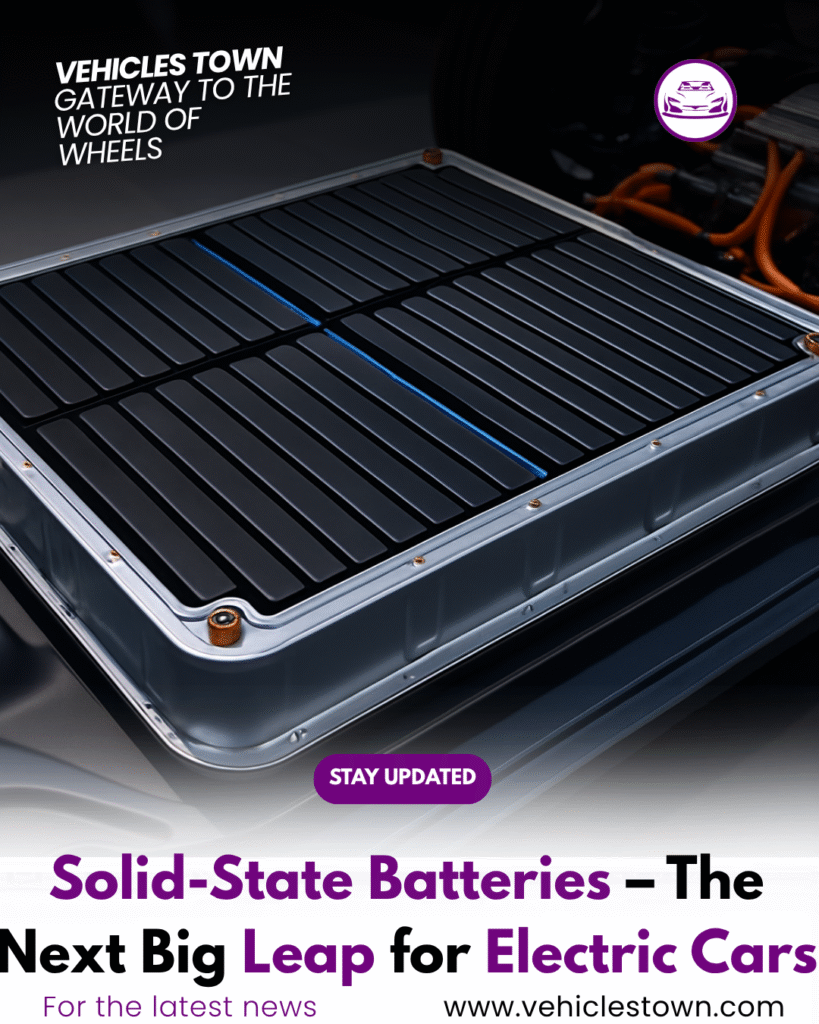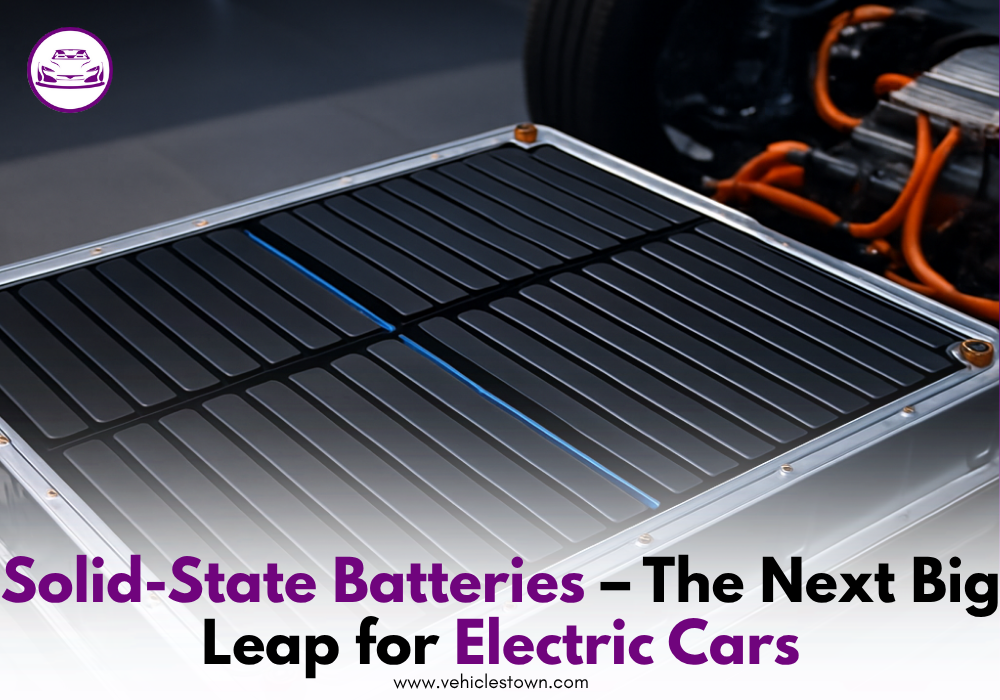Overview: Solid-state Batteries
Solid-State batteries excite engineers and drivers alike. First, they use solid electrolytes instead of liquid ones. Therefore, they reduce fire risk and boost energy density. Meanwhile, manufacturers like Toyota, Nissan, and top Chinese automakers move quickly. Indeed, they plan to start production by 2026. Right now, they test prototypes, fine-tune manufacturing methods, and partner with suppliers. At the same time, other companies race to catch up, increasing competition and innovation.
Get more updates: Karvaan Power Plus 1.2L UG Launched in Pakistan
Solid-state Batteries Benefits for Electric Cars
Solid-State batteries deliver faster charging, longer driving range, and better safety. Moreover, they last longer, which lowers replacement cost and worry. In addition, higher energy density means cars weigh less and travel farther. Furthermore, solid electrolyte avoids leakage and fire hazards that liquid electrolytes pose. As a result, drivers feel more confident, and automakers gain strong selling points. More importantly, mass production by 2026 means more affordable models sooner.
Solid-State Batteries Production Push by 2026
Car makers already accelerate plans. For example, Toyota unveiled prototype vehicles earlier this year. At the same time, Nissan announced pilot factories. Also, Chinese brands partner with research firms and battery startups. Consequently, they expect ramp-up by 2026. Meanwhile, they ramp supply chains for raw materials like lithium, sulfur, and manganese. At the same time, they work on manufacturing techniques that scale. Thus, solid-state batteries move from lab to assembly line, step by step, building momentum.

SolidState Challenges to Overcome
Despite huge benefits, challenges remain. First, solid electrolyte materials cost more right now. Also, manufacturing at scale requires new machine setups and quality control. Plus, researchers still improve ion conduction and durability under real-world conditions. Even so, ongoing tests and pilot runs help reduce risks and cost. Therefore, success depends on continued R&D, smart engineering, and investment.
Final Verdict
Overall, Solid State batteries offer a thrilling new era for electric cars. They deliver safety, speed, and range. Because Toyota, Nissan, and Chinese automakers push production by 2026, this bright future arrives fast. Even so, companies must solve cost and scale issues. Still, consumers benefit more and more. Watch for 2026 models—batteries will redefine EV performance.
People Also Ask
Q1: How much will solid-state batteries cost at launch?
Prices will likely be higher than current lithium-ion batteries at first. However, costs should drop as production scales after 2026.
Q2: Can solid-state batteries be repaired like current EV batteries?
Usually, they require full module replacement rather than simple repairs, but designs may improve over time.
Q3: Will solid-state batteries work in extreme cold?
Yes, they perform better in cold than most lithium-ion batteries, although performance can still drop in very low temperatures.
Q4: Are solid-state batteries recyclable?
Yes, recycling methods are being developed to recover valuable materials like lithium and manganese efficiently.
Q5: Which cars will get them first?
High-end electric models from Toyota, Nissan, and select Chinese automakers will likely get them before mass-market EVs.



